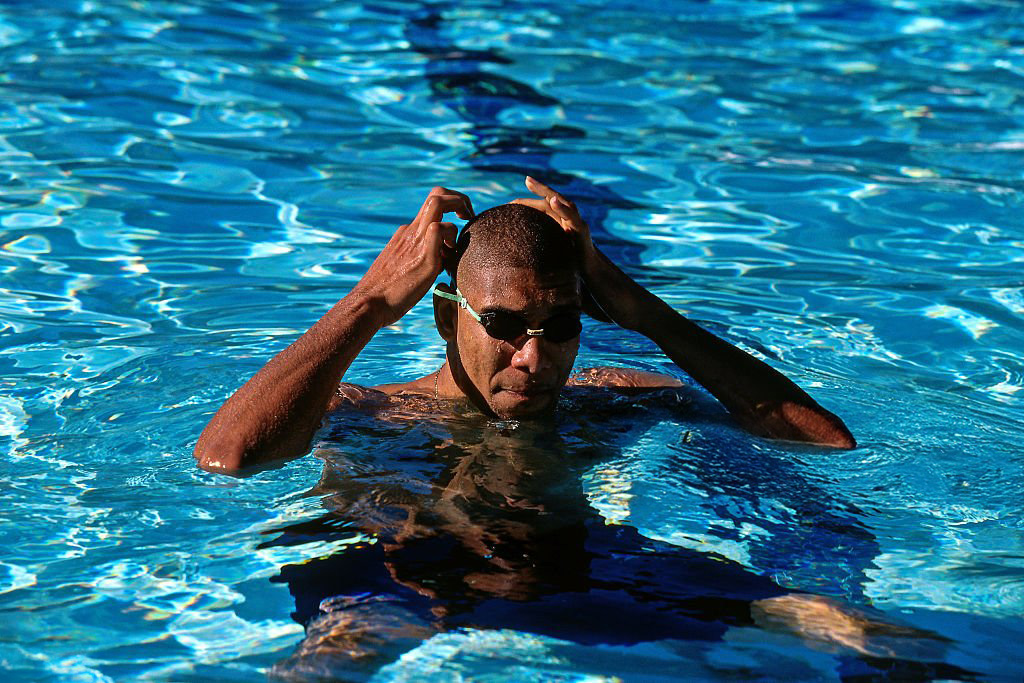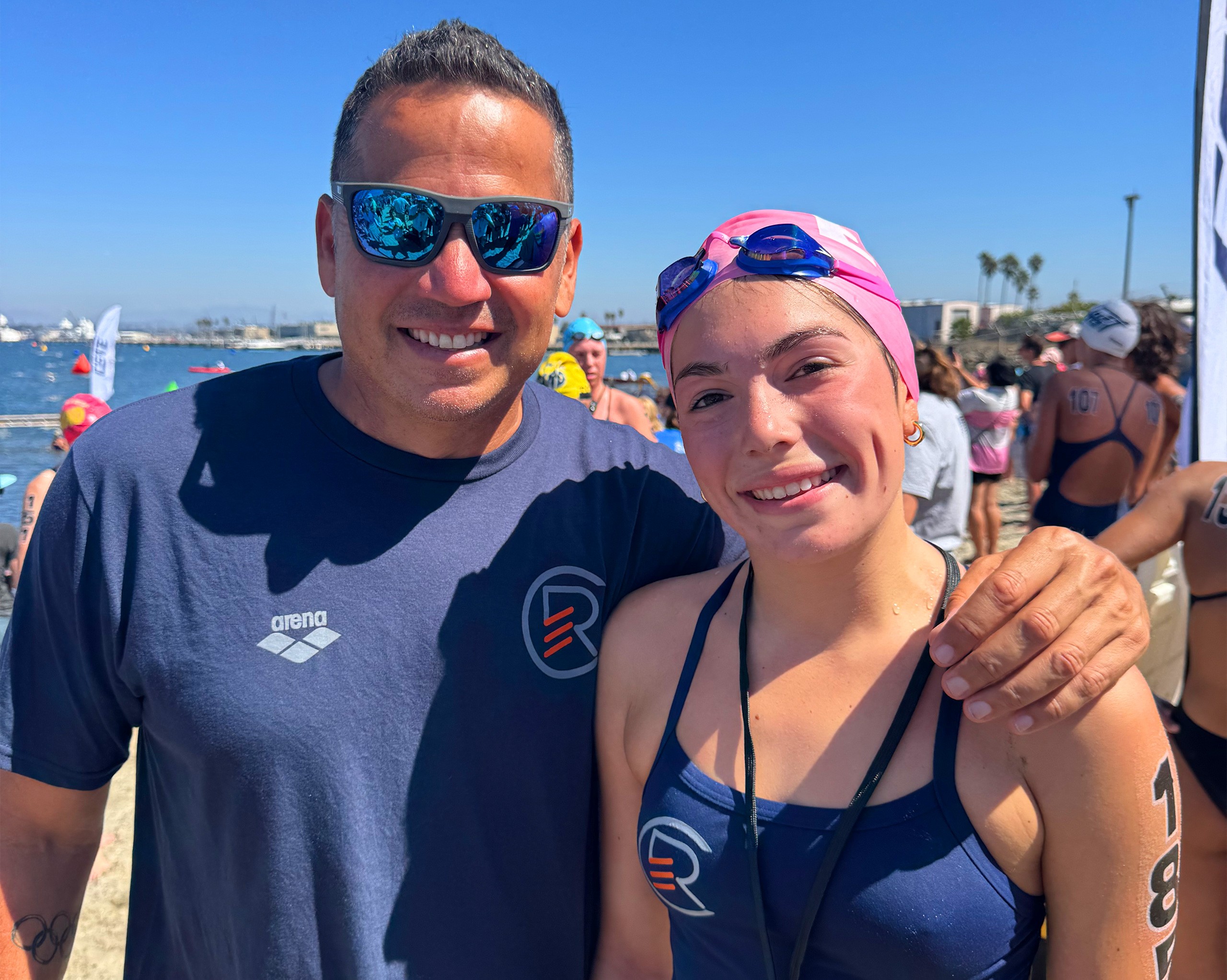Why Kids Should Play Multiple Sports Before Specializing: A Better Path to Success
Today’s youth sports culture often pushes kids to specialize early — sometimes as young as six or seven years old. While it may seem like the fastest route to success, research, athletic development experts, and real-world examples suggest otherwise. For young athletes, particularly those under the age of 13, participating in multiple activities builds stronger, healthier, and ultimately more successful athletes. Here’s why early specialization can do more harm than good — and why encouraging variety is the smarter long-term strategy.
The Science: Why Specialization Too Early Can Backfire
Multiple studies, including those from the American Academy of Pediatrics (AAP) and the National Athletic Trainers’ Association (NATA), have shown that early sports specialization significantly increases the risk of burnout, overuse injuries, and mental fatigue.
Key findings include:
Organizations like the NCAA and the U.S. Olympic & Paralympic Committee even advocate for “delayed specialization” — waiting until at least age 13 or 14 — because multi-sport athletes show higher rates of long-term success.
Skill Development: Why Variety Wins
By playing multiple sports, kids naturally develop a wider range of athletic skills: balance, coordination, strength, agility, and game sense.
For example:
When kids eventually choose to specialize, they bring a deep, transferable skill set that gives them a major advantage over peers who were narrowly trained from the start.
A Personal Story: Valentina Delgado’s Journey
This philosophy isn’t just something I recommend — it’s something I lived as a parent.
My daughter, Valentina Delgado, grew up participating in multiple sports: soccer, swimming, softball, etc. She grew out of softball early and until the age of 13, she split her time nearly evenly between both swimming and soccer while some of her peers specialized early, dedicating themselves solely to swimming by age 8 or 9, Valentina was developing a much broader athletic foundation.
At 13, she made the decision to commit more time to her swimming — not because she was forced to, but because she discovered a true passion for it. Today, at just 15 years old, Valentina is thriving in ways that many early specialists are not. She’s progressing at an accelerated rate, displaying a level of athleticism, mental toughness, and adaptability that can be traced back to her multi-sport background. Her experience proves what many experts have said for years: diverse early athletic experiences create stronger, more resilient athletes in the long run.
Final Thoughts: A Better Future for Our Young Athletes
It can be tempting to think that more time spent in one sport means a better chance at college scholarships or elite competition. But in reality, the healthiest, happiest, and most successful athletes — from Olympians to collegiate standouts — often have a background rooted in multiple sports. A couple of examples. Kris Humphries was a Southern California Swimming record holder when he was an 8-year-old and achieved in other land sports as well. Kris Humphries went on to have a successful NBA career. Before Tim Duncan grew into one of the greatest basketball players to have ever played the game, he was also an Olympic trials qualifier in his native country of the Virgin Islands. I use these two examples because even though their ultimate success was in basketball, they both started out spending many hours staring at a black line in the pool.

~ Tim Duncan ~
So if your child loves soccer and swimming, baseball and basketball, or dance and gymnastics — encourage it. Let them explore.
Their journey to excellence will be stronger, faster, and much more fulfilling because of it.
– Felipe Delgado


